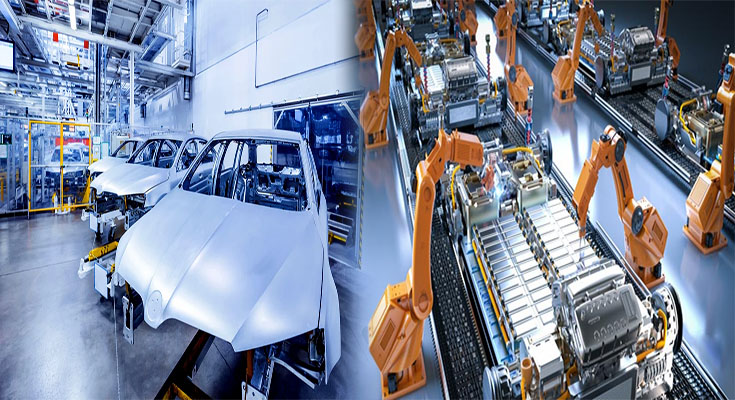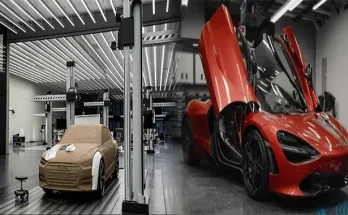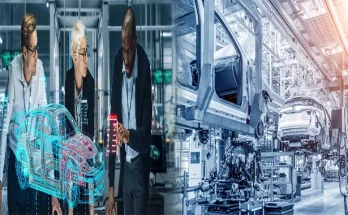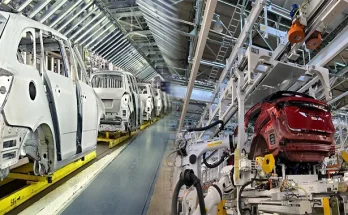Electric vehicles (EVs) have gained popularity in recent years as a sustainable and environmentally friendly mode of transportation. The manufacturing process of electric vehicles is a complex and intricate one that involves several key steps to bring these innovative and eco-conscious vehicles to life. In this article, we will delve into the assembly process of electric vehicles to shed light on how these vehicles are manufactured and the technology behind their creation.
Component Manufacturing
The first step in the manufacturing process of electric vehicles is the production of key components such as the battery pack, electric motor, and power electronics. These components are crucial to the performance and efficiency of the vehicle and are manufactured with precision and advanced technology to ensure optimal functionality.
Chassis Integration
Once the essential components are produced, they are integrated into the vehicle chassis. This step involves connecting the battery pack to the electric motor and installing other vital components like the suspension system, steering mechanism, and braking system. The chassis serves as the structural framework of the vehicle, providing support and stability.
Body Assembly
The next phase of the assembly process involves the assembly of the vehicle body. This includes attaching exterior panels, doors, windows, and other aesthetic components to create the exterior shell of the vehicle. The body assembly process also involves painting and finishing to achieve a polished and visually appealing look.
Interior Installation
Following the body assembly, the interior components of the electric vehicle are installed. This includes fitting the dashboard, seating, entertainment systems, and other interior features. The interior design is crafted to provide a comfortable, sophisticated, and user-friendly driving experience for passengers.
Quality Control and Testing
Quality control and testing play a significant role in ensuring the reliability and performance of electric vehicles. Various tests, including performance testing, safety testing, and durability testing, are conducted to evaluate the vehicle’s efficiency and compliance with industry standards. Any discrepancies or issues identified during testing are rectified before the vehicle is deemed ready for the market.
Final Inspection and Packaging
The final stage of the assembly process involves a meticulous inspection to verify that all components are correctly installed and functioning as intended. Once the vehicle passes the final inspection, it undergoes thorough cleaning, packaging, and preparation for distribution to dealerships or customers.
The manufacturing process of electric vehicles is a sophisticated and technology-driven endeavor that requires precision, expertise, and attention to detail. By understanding the assembly process of electric vehicles, we gain insight into the complexity and innovation behind the production of these eco-friendly vehicles that are shaping the future of transportation.





